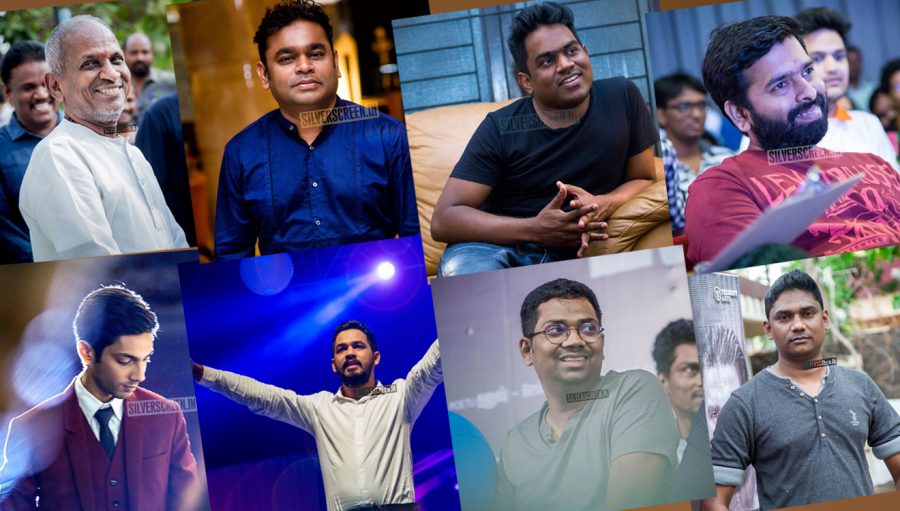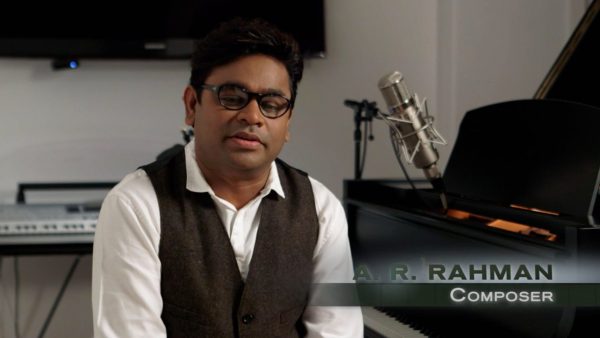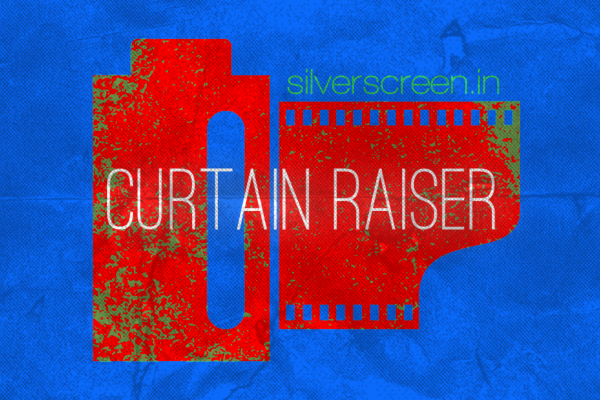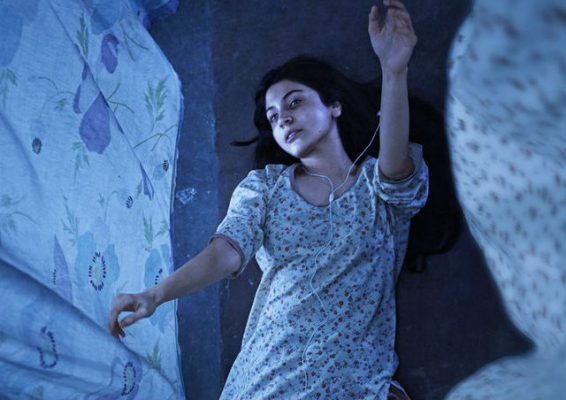A recent article in The Wall Street Journal raised a very pertinent question: What happened to the negative music review? It said that of about 700 albums released in a year, not even one has a bad score. Have we progressed so far as a species to have evolved a gene that makes it impossible to produce bad music? Or, have we all gotten too soft?
While the WSJ piece based its conclusions on Metacritic — a review aggregating site — a lot of new music and reviews of music is currently moving to other dedicated sites. Pitchfork is one such, that Krish Ashok — a techie, musician, blogger, columnist, meme-starter and airport dweller (find him on twitter @krishashok) — uses. But Ashok uses Pitchfork mainly to discover new music and artistes, rather than reviews.
He says, “Film reviews are useful because two hours is a huge amount of my time to spend so I want to spend it wisely. But thanks to streaming, the album is largely dead. People consume music ‘a la carte’. And you can listen to a song while in your car or your bike with headphones under the helmet.” This means, the time and effort invested in a bad song (as opposed to a bad album) is limited, and one is more willing to listen to one bad song in a playlist of good-great songs.
Carnatic classical music has allowed critiques and critics to find their own fame (sometimes overshadowing the artiste themselves), while popular music forms such as rock have magazines dedicated to discussing new albums and bands, and provide extended profiles and stories of legends. But what about Tamil popular (read cinema) music? Is there a ‘Subbudu’ for Tamil cinema? Where is our Rolling Stone Magazine and Ralph J Gleason?
But the parameters of judging carnatic music or other classical music forms, are widely different from that of Tamil film music. For one, classical music — especially Carnatic — has strict codes and tenets of what is permissible. A singer or musician in carnatic will have to operate within the confines of it which allows the critique to judge their performance against a set standard. This means that the individual artiste will need to master the “text” of carnatic music, perform and practice for a great number of years, and develop her or his own style within the permitted range in order to be termed good. This also means that a ‘Subbudu’ has a greater chance of making or breaking a Carnatic musician’s career than the occasional bad review of a bad album a band like Queen (who haven’t had a single bad album, no matter what the others tell you.) will get.
Tamil cinema music is rarely criticised in an established, public way. One bought the cassette, or listened to individual songs on Friday’s OLiyum Oliyum, and talked to one’s friends about it. Sure, magazines like Kumudham or Ananda Vikatan, or even dedicated film magazines like Vellithirai would write about the music, but it was one aspect of a larger review of the film itself.
Given that till very recently, Tamil cinema has had only a few “known” music directors (MSV, Ilayaraaja, Deva, A.R Rahman) and one knew what one was getting with a Ilayaraaja or Rahman. Mostly. There would be the occasional dud, but for the large part — we listened to it because it was there and we liked it.
Before the explosion of singers in the mid-late 2000s, Tamil films depended on an SPB or Malaysia Vasudevan, and Yesudas, to sing for men, and a Janaki or Chitra for the women. Again, with these heavyweights, you knew what you were getting, and given the level of practice and performance they have put in, they performed at a point the mere mortal could only gape in awe at.
Secondly, Tamil cinema music is not one “genre” of music. A film soundtrack — perhaps with five songs and title/BGM
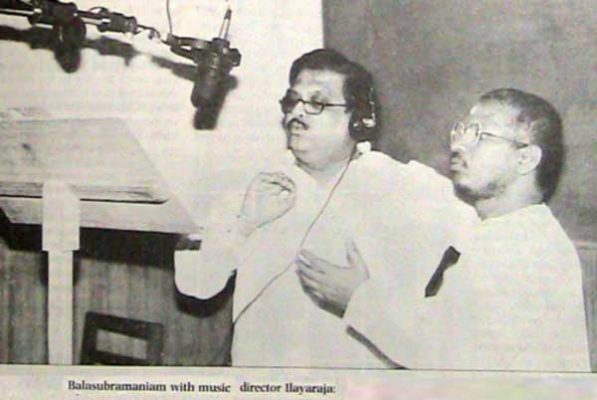
Courtesy: Ilayarajainfo.blogspot.com
— will range across multiple genres, using more than one singer, (and one film even used as many as six music directors/composers for the entire film — each recording one song). So unlike western popular music where a band consists of a singer/front person, a small number of musicians playing a few limited instruments, each of whom have creative control over the music produced, Tamil cinema music is identified with/revolves around the music director. The composer determines the genre, the nature, the elements, and the performers for each song in the album, and has the overall say in how the music is produced.
Nithya, an editor and music lover from Chennai (find her on twitter @baytacosmico) echoes this. To her, music reviews work better for standalone musicians and albums, rather than film, because “that review references the band’s back catalogue, the genre and allied forms of music, among other things. It works because it’s a standalone piece of work. Unlike movie music, which is made to service the film. One can still talk about the composer’s previous work, but it’s not the same.”
Nithya also feels that Tamil cinema music is largely templated — a hero entry song, a “kutthu” song, a duet, and so on. With very little variation in the format or the musical styles, reviews have little scope to discuss larger themes in music.
This “set menu” concept extends to even the composition of individual pieces. A lot of the music, barring a few from the big-ticket music composers, is repetitive. Ashok says, “But if you look at film music, no album is one genre. Heck, even a single song will span multiple genres, and that isn’t a bad thing. And the long tail is quite unhealthy here. Outside of perhaps five to six films a year, very few hear the music of the rest… (and) quite a lot of it, outside of the three to four big ticket music directors, is rather a rehash of existing loop libraries of synth pads and drum loops.”
Gayatri also says the same. A marketing professional (find her on twitter @jestme) she says, “There’s a set pattern no? One hero introduction song, one duet, one sentiment song. What’s there to analyse and dissect here? Even composers like Santosh Narayanan have to comply when they work with stars.”
***
Music for a Hollywood film also operates on similar grounds, but the fortune/misfortune for Tamil cinema is that it has become popular music in the way a Hollywood film’s soundtrack isn’t. So while we may critique a band like Survivor — whose hit Eye of the Tiger was used in the soundtrack for Rocky, we rarely critique a Bill Conti (Rocky’s composer), or Hans Zimmer, Rachel Portman, Alan Silvestri, or Leonard Bernstein outside of the individual film they’ve composed for.

Ilayaraaja or Rahman, or Shankar-Ganesh, or MS Vishwanathan, however, do not get away that easily.
Harish, a branding and marketing communications consultant, (find him on twitter @_curses) first got online and began to talk to people outside of his close friends’ circle, to discuss Rahman. And for a young Madras person in the early 2000s, that meant TFM Page.
What is TFM Page?
Short for Tamil Film Music Page, it was an early (pre web2.0, or in other words, prehistoric) discussion board/forum/portal that brought Tamil cinema music lovers together, and well, let them be. In Harish’s words: “Subjectively, TFMPage was one of the most important things that has happened to me.”
It was MySpace and Orkut, for Tamil cinema music lovers, and allowed for intense discussion on Rahman and Ilayaraaja, with much of that enmity/rivalry contained within that space, and not spilling out offline. Unlike a Vijay/Ajith camp rivalry. What TFMPage also did was allow for some critique of, and review of Tamil music.
“TFMPage was a forum to discuss Tamil film music. In the earlier days, it had a bare bones UI, didn’t require any registration and was the ideal place to look for any information on TFM. Ask any question and there’d be users and mods who responded to it or pointed you to the right thread where your question was already answered. Later on when it moved to a bulletin board UI and required registration, we stopped frequenting it as much and moved on to our own blogs.”
Which allows us to segue neatly into ITwoFS — a blog, service, watchdog — whatever you want to call it.
ITwoFS chronicled instances of plagiarism, “borrowings”, inspirations, and similarities with other works, in cinema music. From the occasional slip-up by Rahman, to a repeat-offender Pritam or Nadeem Shravan, the site allowed one to listen to the original, and the “inspired” side by side. Karthik, (find him on twitter @beastoftraal), who runs ITwoFS also does music reviews on his blog Milliblog — so named because each of his reviews are 100 words long.
Gayatri says she doesn’t seek out music reviews, but reads what is linked to on Twitter — on accounts like @raagasuresh, @musicaloud, @milliblog, and the link. She continues, “I am an 80s Raaja fan. That has kind of been consistent as far as my taste in music goes. But composers like Sana, Imman, and Anirudh make contemporary music fun. Though I may not go back and listen to any of the current stuff, say, even six months from now.”
***
I want to go back to the point about Tamil cinema music following a set pattern of moods/situation — an entry song, a duet, a sentiment song, a kuthu.
Isn’t that true of Carnatic concerts too? A typical concert begins with an invocation — a varnam, followed by a keerthanai — longer pieces allowing for more lyrics and exposition of notes, a kalpanaswaram, followed by the main piece of the concert — in which the performer innovates/expands on the notes of the composition by performing their own variation of it. After the main piece, the concert wraps up with a light piece or two, or a thillana. Between these, the percussion player or strings player get their 10-15 minutes of solo exposition called the thani avarthanam.
Why don’t we look at Tamil cinema music too as following “established protocols” for an album?
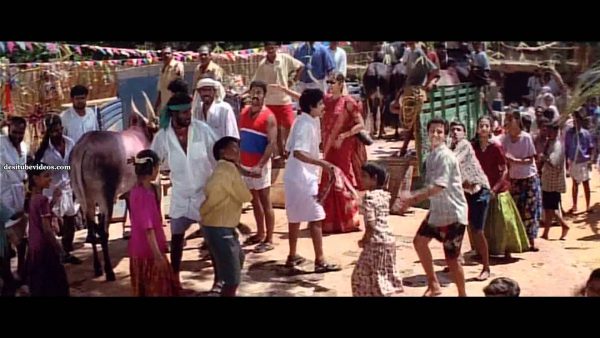
Song of The Day: Kombula Poova Suthi
And so, we go back to the question: Why is there no ‘Subbudu’ for Tamil cinema music?
“That’s something we’ve been discussing from the days of TFMPage. I suppose the scope and range of TFM is so vast and varied that there hasn’t been one voice who has been universally accepted as the last word in TFM. Unlike Carnatic, where the music has to fit within a framework and follow strict grammar, film music is more subjective and emotion driven. So no two people’s take on a song is going to be the same,” says Harish.
However, can we all agree that lyrics for Tamil film songs have gotten worse? Seruppu song being case in point?
Ashok also adds that outside of film music, there are very few Tamil indie music options — say clubs that allowed young musicians to perform live, or an independent studio that releases new albums of upcoming musicians.
He says, “But the bigger problem is really the lack of an indie music scene. The larger ecosystem of indie music means that reviews do the job of discovery of new talent. For kids there, being the tastemaker is a cool thing to do. Knowing this mindblowing jazz rap band out of Portland when your friends don’t is something useful. Incidentally, AI algorithms are nowadays getting better at curation and discovery. So I don’t think the pitchforks of the world will last that long, doing only music reviews. They anyway tend to do quite a bit of artist interviews and so on. Focusing on the creative aspect of making music.”
Why not something similar for Tamil cinema?
There was an attempt. Harish says, “We discussed the very same thing back in the days of TFMPage and even tried launching an e-zine called Dhwanii just for TFM. Couldn’t sustain though.”
“This was way back in 2003. I can’t even recollect how many issues we were able to release successfully. We felt there was a gap in the market there and tried to fill it ourselves. We did it as a hobby though. I guess lack of seriousness and time led to us abandoning the project.”
Recommended
Harish also dug up an old TFMPage discussion on starting Dhwanii. He believes lack of time could be why Dhwanii didn’t take off after the initial push.
Additionally, there is the problem of too much. With 24 hour news and entertainment channels on TV, blogs, forums, twitter and the like, one magazine or source for music reviews may not find any traction. Like Gayatri says, “There’s too much of Raaja vs ARR, latest kuthu song, Sun Music quotes type interest that I don’t see anyone being able to talk about Tamil film music in an exclusive magazine without it falling into the same trap.”
Nithya believes that “we need good writers who are interested in music. Reviews always end up being more about the writing than whatever they’re writing about.”
